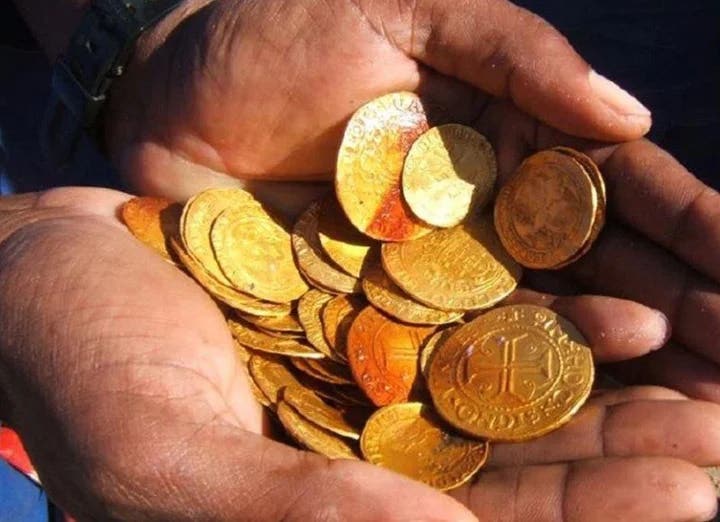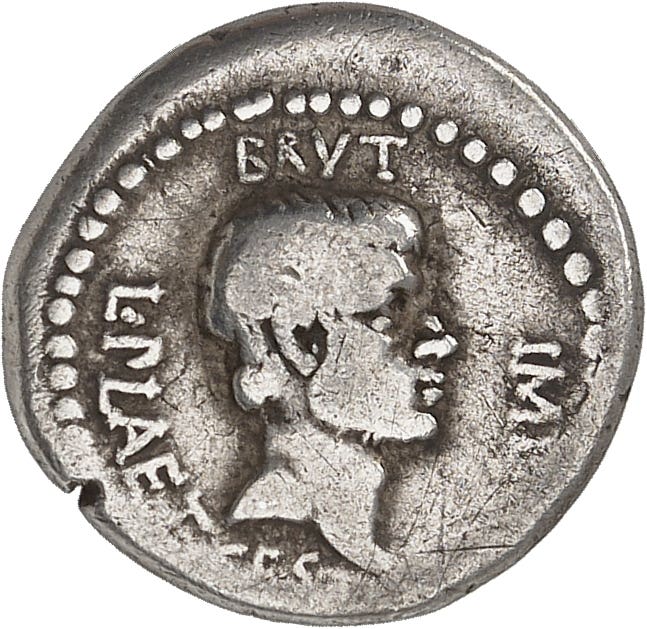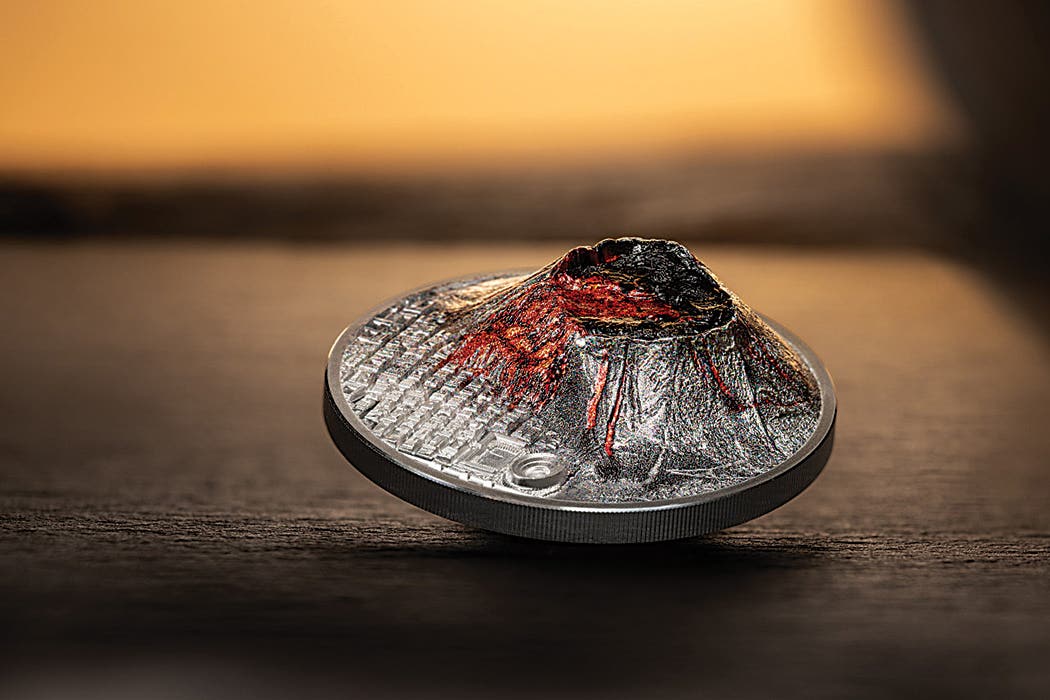British proofs soar at Heritage sale
Demand for British proof sets has experienced a resurgence in recent years. Yet few would have predicted the extraordinary prices achieved by three, rare, top grade examples in Heritage Auctions’…
Demand for British proof sets has experienced a resurgence in recent years. Yet few would have predicted the extraordinary prices achieved by three, rare, top grade examples in Heritage Auctions’ inaugural CCE World & Ancient Coins Event held in April at Chicago.
One stood head and shoulders above all other cataloged lots: an 11-piece George IV set of 1826, KM-PS3.
Just two similar sets have been sold at auction in the past decade. One realized $72,445 (55,000 euro). The other took $33,891 (£22,500). In neither had the individual coins been graded whereas in that on offer at the Heritage sale all were Numismatic Guaranty Corporation-certified. They ranged from PR62 to PR65 Ultra Cameo. On an estimate of $100,000-$150,000 bidding accelerated rapidly to culminate at a record $282,000.
Twenty -seven lots later Queen Victoria stepped up to the plate with an 1893 silver and gold set of 1893, KM-PS13. Its coins were also NGC-certified with grades from PR63 Cameo to PR65. It had little difficulty in being bid up to $94,000.
And Victoria’s great-grandson, George VI, probably set a record with a price of $25,850 for his excessively rare, 9-piece, matte proof set of 1950, KM-PSA23. Like its predecessors the individual silver and bronze coins came NGC-certified from PR63 to PR66.
To a large extent British coins dominated the high-end of the sale. Among the top 25 lots, all with prices in excess of $21,000, eight came from the UK and a further seven from countries of the former British Empire.
However, on the day much of the British gold and silver had to give way to a magnificent and extremely rare 19 mm, 4.98 g gold aureus of Claudius II Gothicus. Struck at Milan in 268-269 C.E. and graded NGC MS 5/5 – 3/5, it quickly matched the $94,000 price of the Victoria proof set.
Two other ancients achieved substantial five-figure sums: a Lydian gold stater of Croesus, c. 561-546 B.C.E., took $35,250 in NGC AU 4/5 – 4/5 and a Pontic gold stater of Mithradates VI made the same price in NGC MS 5/5 – 4/5.
When British milled gold finally had its day in the sun, Charles II opened proceedings with two delightful 5 guineas. The first of 1684, KM-444.1, S-3331, was a superb mint state example. Graded MS61 by the Professional Coin Grading esrvice it romped to $82,250. The second of 1682 bore the elephant & castle provenance mark, KM-444.2, S-3332. In XF40 NGC it managed a far from unhealthy $25,850.
George V led the 20th century royals with a superb proof 5 pounds of 1911, KM-822, S-3994. It had no problem in achieving an outstanding $42,300 graded PR66 NGC.
And then it was the turn of the Empire to take center stage. Prices among gold items included:
- Newfoundland, Victoria specimen $2 1872, KM-5, SP65 PCGS: $35,250;
- Canada, George V sovereign 1916-C, KM-20, MS63 PCGS: $31,725;
- Canada, George V specimen $10 1912, SP68 PCGS: $25,850;
- Canada, Edward VII specimen sovereign 1909-C, KM-14, SP65 PCGS: $21,150;
- British India, William IV proof restrike 2 mohurs 1835, KM-452: PR61 NGC: $21,150.
And silver British rarities by no means paled in comparison. Top sellers were:
- GB, William IV proof crown 1831, KM- 715, PR64 Cameo NGC: $51,700;
- Canada, 50 cents 1921, KM-25a, VG8 PCGS: $32,900;
- GB, proof trade dollar 1897-B, KM-T5, PR65 NGC: $32,900;
- GB, proof plain edge gothic crown 1847, KM-744, PR64 Cameo NGC: $21,150.
All in all five lots made over $50,000, 25 sold for $20,000-$49,999, and 61 took between $10,000 and $19,999 for a total of $6.38 million. Full lots descriptions and prices-realized can be sourced at the Heritage Auctions website: www.ha.com.
This article was originally printed in World Coin News. >> Subscribe today.
More Collecting Resources
• The 1800s were a time of change for many, including in coin production. See how coin designs grew during the time period in the Standard Catalog of World Coins, 1801-1900 .
• Start becoming a coin collector today with this popular course, Coin Collecting 101.








